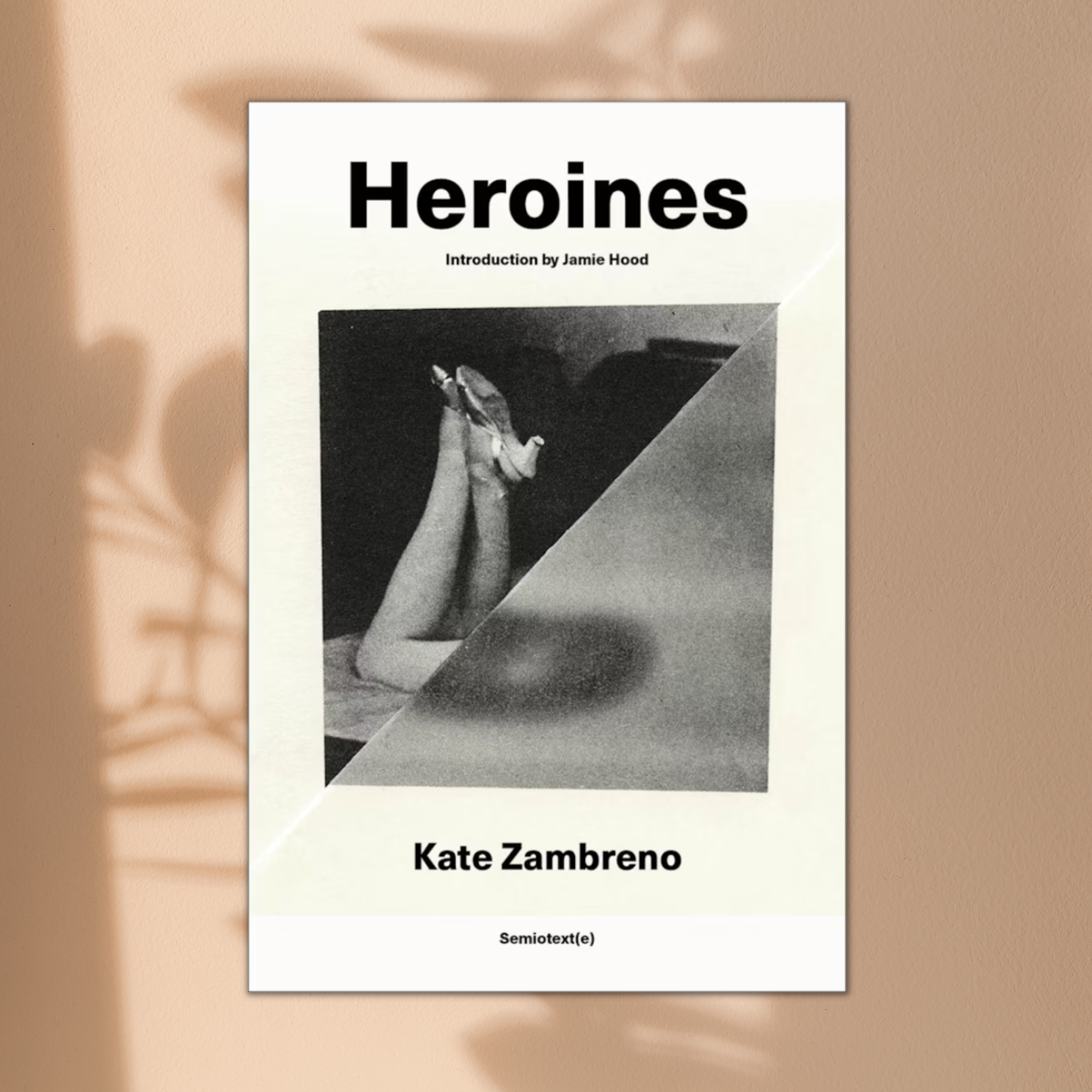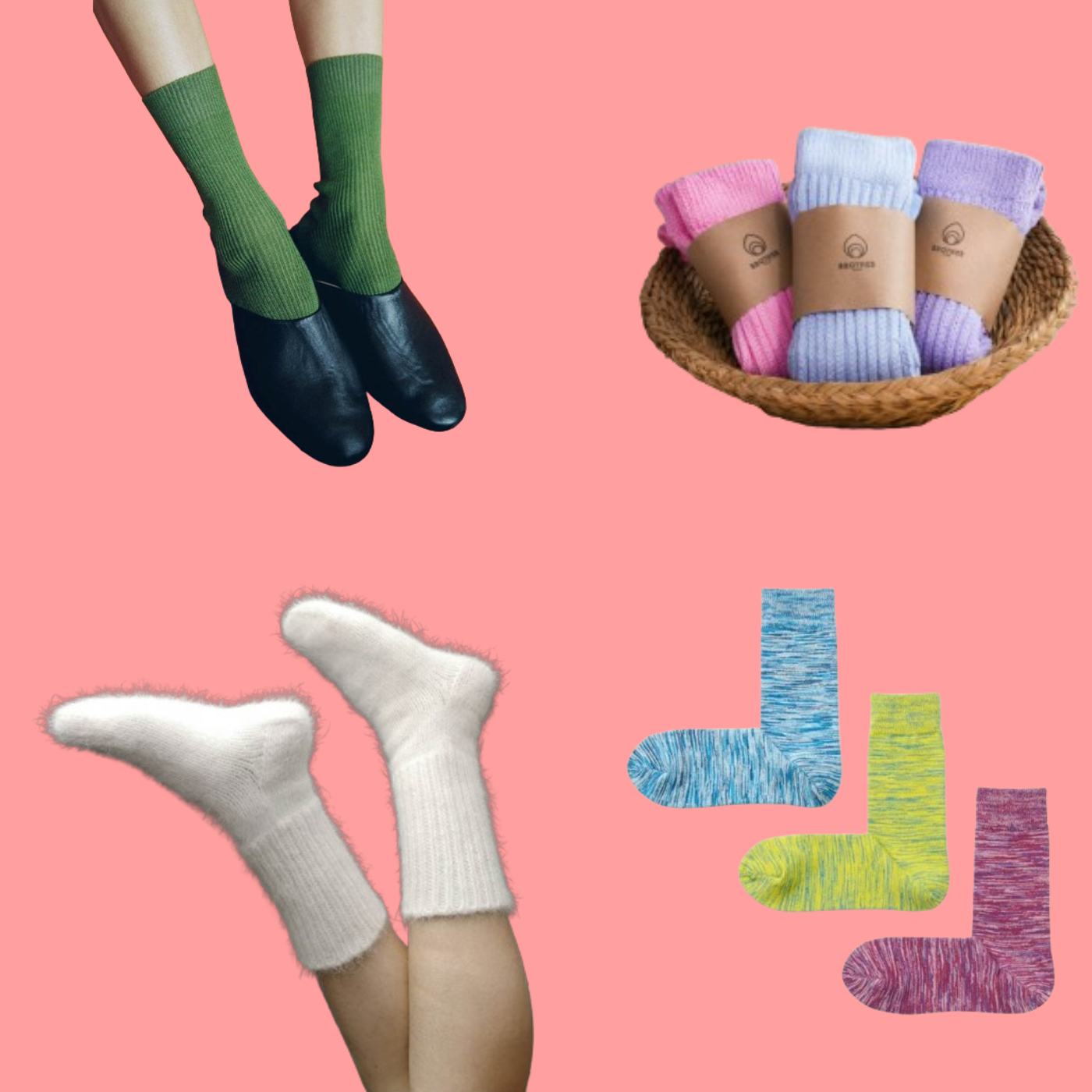- Magazine Dirt
- Posts
- Post-girlhood
Post-girlhood
Two pathways for the bildungsroman.

Chau Pham does a close read of Poor Things and Eileen.
In 2022, all the endings in my life aligned perfectly, like stars, lighting my way towards a new path. As devastation gave way to clarity, I moved halfway across the world on a whim. Uninspired by the artificial perfection in California’s suburban paradise, I ran to the bustling metropolis of Saigon, my birthplace, a familiar chaos. The city’s littered streets, oppressive heat, and psychoactive punk scene enveloped me in a dreamstate of sweat and grime. I walked through the trash-strewn streets, sewage spilling out from the gutters of my mind as I mourned the old and imagined the new.
Saigon’s maze of dark alleys served as the perfect nesting place for me to indulge in the romanticization of the abject, the feeling of repulsion that arises when faced with something repressed. I started to see filth as beautiful, letting all the ugly, horrid parts of my humanity shine through. Ottessa Moshfegh’s novel My Year of Rest and Relaxation and Yorgos Lanthimos’ film Dogtooth provided both comfort and inspiration for my darkest desires. Both works depict women violently trying to break out of their worlds.
After a while, indulgence turned to sickness, and the abject began to feel more suffocating than freeing. By the end of the year, I was back in my hometown, trying to find a new way to live my old life. Searching for remnants of myself, I spent a quiet weekend at the theaters re-examining abjection, in a double feature of Eileen—adapted from Moshfegh’s novel of the same name—and Lanthimos’ Poor Things, based on a book by Alasdair Gray.

Eileen begins with a warm spotlight on a girl living in quiet repression, sneaking moments of illicit pleasure where she can (eating candy in bed and masturbating in public). Poor Things introduces us to an ill-tempered Frankenstein-like creation named Bella Baxter. As they develop, we see two pathways for girlhood–one of closeted abjection, masked by superficial daintiness, and one of unabashed vulgarity, driven by unbridled curiosity and joy.
Eileen is a servile Plain Jane, with porcelain skin and cheeks flushed from the Massachusetts winter. She spends her days clerking at a juvenile corrections facility, and nights replenishing her alcoholic father’s vodka supply. As a blank canvas seemingly devoid of any agency, Eileen is made easy to project traces of beauty and desire onto. She is all interiority.
We see two pathways for girlhood—one of closeted abjection, masked by superficial daintiness, and one of unabashed vulgarity, driven by unbridled curiosity and joy.
She only begins to come alive under the gaze of a new, alluring female psychiatrist who comes to work at the prison. Rebecca Saint John (played by Anne Hathaway) immediately stands out against the prison’s dreary backdrop. One night, when Eileen is invited over to the psychiatrist’s home, she lasts for only minutes of intimacy before hurrying away to the bathroom to gather herself. She stares into the mirror and contorts her face in every kind of hideous way, trying to find the most beautiful manner for it to settle. She is only truly herself when she gleams delightfully as she picks one of the doctor’s pubic hairs off the bar of soap resting on the sink.
As the night devolves into a hostage situation, Eileen’s soft girl mask fractures as her abject cravings break through. She grows bloodthirsty at the chance to run away with the doctor, offering up an escape plan to throw her father under the table for a murder charge. At the moment she offers her bloody hand, the doctor, and audience, are forced to face the fact that Eileen is not a complicated, repressed, awkwardly beautiful girl. She is simply an empty caricature of girlhood, devoid of any moral fiber, stuck in time.
There can be something post-girlhood other than womanhood—moral and spiritual stasis.
As soon as Eileen gets a taste of what she really wants, to be loved up-close and isolated at large, her fate is sealed. We come to realize that there can be something post-girlhood other than womanhood—moral and spiritual stasis.

ICYMI
|
|
|
|
|




